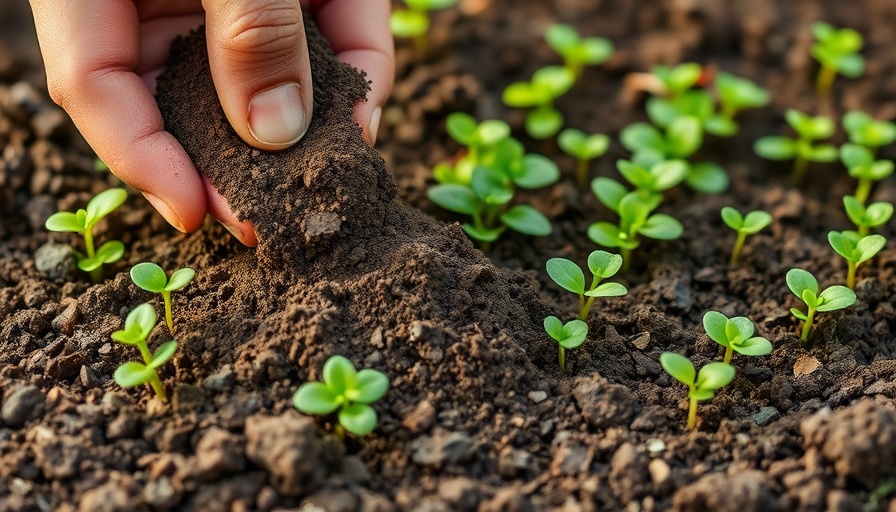
Revitalize Your Garden: Using Coffee Grounds Sustainably
Consumers today are becoming more aware of their environmental footprint, seeking practical ways to integrate sustainability into their daily lives. One surprisingly effective method is utilizing coffee grounds—a common kitchen waste—in your gardening efforts. Each day, the world consumes about 2 billion cups of coffee, resulting in staggering amounts of discarded grounds. Instead of throwing these valuable resources away, consider how they can nourish your garden, enhance soil structure, and promote eco-friendly practices.
The Nutritional Benefits of Coffee Grounds
Coffee grounds are packed with essential nutrients that can significantly benefit plant growth. They are rich in nitrogen, potassium, and phosphorus, all vital for robust plant health. When composted, coffee grounds contribute to the overall nutrient richness of the compost, making it an excellent organic matter that enhances soil fertility. This practice aligns perfectly with sustainable home design principles, where the goal is to create low-impact, eco-friendly landscapes.
A Practical Guide: How to Incorporate Coffee Grounds into Your Garden
Here’s how to get the most from your coffee grounds in a way that supports your eco-conscientious lifestyle:
Mixing with Compost: Coffee grounds serve as a green compost material, balancing ‘wet’ and ‘dry’ items to create a rich compost mix. Use a 3:1 ratio of brown materials like shredded leaves to greens.
Soil Enhancement: Coffee grounds can be directly added to garden beds. When applied correctly, they improve soil structure and water retention. Mix the grounds into your soil instead of leaving them as a surface layer, which can form a crust that blocks water and nutrients.
Mulching: For a natural landscaping touch, consider blending coffee grounds with other organic mulch materials. This not only looks great but maintains soil moisture and suppresses weed growth.
Who Benefits Most from Coffee Grounds?
Many plants thrive on coffee grounds, particularly acid-loving species like hydrangeas, azaleas, and roses. The slight acidity can help these plants flourish, although moderation is key—too much acidity can lead to stunted growth in more sensitive species.
A Word of Caution: Understanding the Risks
While the benefits of using coffee grounds are numerous, it's important to be aware of the potential downsides. Certain plants, like tomatoes, can be affected negatively by the presence of caffeine, which might inhibit germination. Furthermore, using coffee grounds excessively can lead to compaction, hindering the soil from properly aerating and draining.
Promoting Zero-Waste Practices
Using coffee grounds aligns perfectly with zero-waste practices that eco-conscious homeowners strive for. Instead of allowing these grounds to contribute to landfill waste, they can serve as a low-cost, effective gardening resource. You can often obtain used coffee grounds for free from local coffee shops, making this an accessible sustainable choice.
Embracing Eco-Friendly Gardening Techniques
Adopting eco-friendly gardening techniques like utilizing coffee grounds not only supports plant health but encourages sustainable practices that benefit the environment. From enhancing soil nutrition to minimizing waste, the integration of coffee grounds embodies the principles of sustainable home design and eco-friendly gardening.
Final Thoughts: Take Action
By incorporating coffee grounds into your gardening routine, you contribute to a sustainable cycle that benefits plants, soil, and the environment at large. Your small choice to recycle coffee grounds can lead to significant positive impacts, ideally encouraging others to join in the efforts of responsible waste management and eco-friendly gardening.
To learn more about how to enhance your garden with sustainable practices, consider exploring local gardening workshops or joining online communities focused on eco-friendly gardening techniques.
 Add Row
Add Row  Add
Add 




Write A Comment